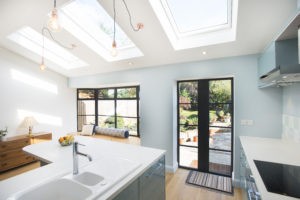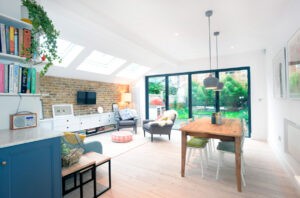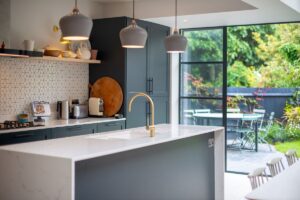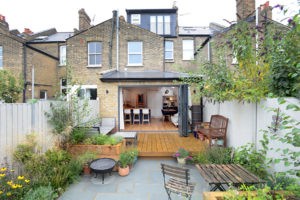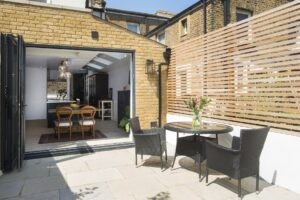Undertaking a home extension is an exciting endeavour that holds the promise of additional space, enhanced functionality, and an enhanced living experience. However, before you break ground, you need to grasp the complexities of the design phase – the crucial initial step that lays the foundation for a successful home extension.
In this article, we’ll be your compass through the design phase, helping you chart a course from concept to blueprint. Whether you envision a spacious new kitchen, a cosy sunroom, or an open-plan living area, we’ll delve into the key considerations, providing expert insights and practical tips to help you make informed decisions.
Moreover, by collaborating with architects and designers, you’ll learn how to articulate your vision, leverage their expertise, and strike the perfect balance between creativity and practicality. From selecting materials and colour palettes that resonate with your aesthetic, every decision you make during the design phase can shape the character of your home for years to come.
Whether you’re a seasoned homeowner with a penchant for renovation projects or a first-time extension enthusiast, this article aims to light the path ahead, making the design phase as rewarding and satisfying as the end result itself.
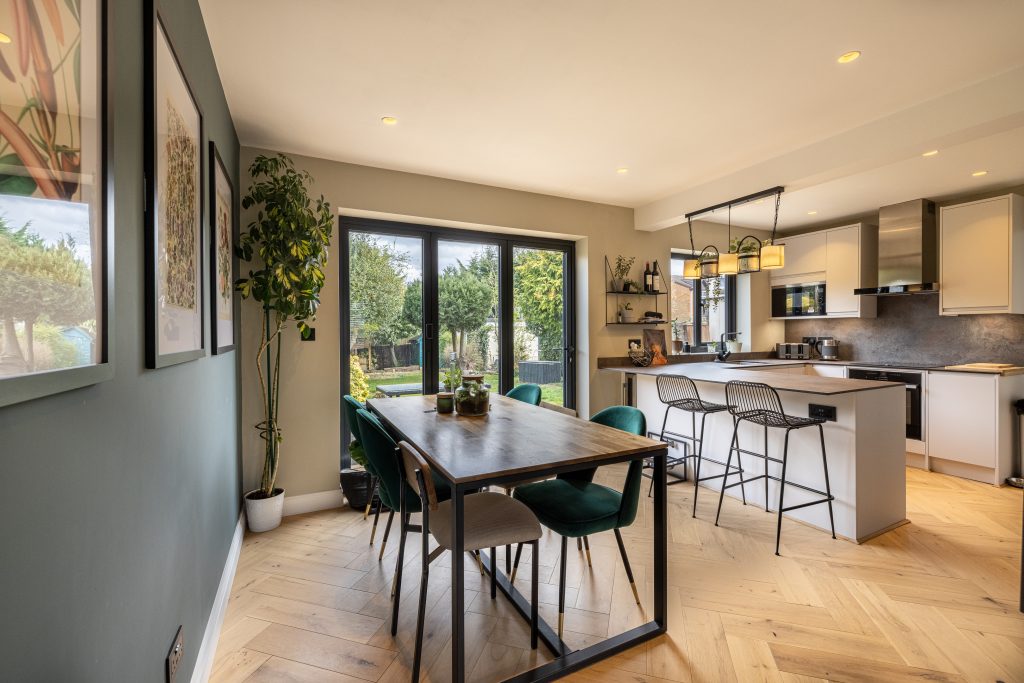
Defining Your Vision: From Ideas to Concrete Concepts
Your journey begins with a clear understanding of your needs, aspirations, and the lifestyle you want to cultivate. The design phase is about envisioning changes and creating an environment that resonates with you and enhances your daily life.
Begin by asking yourself how you intend to use the new space. Is it a larger kitchen? A comfortable home office? A cosy relaxation area? List your requirements and prioritise them based on importance. Consider your challenges and how the extension can address them. Whether it’s additional storage, more natural light, or better flow between rooms.
Inspiration can come from interior design magazines, online platforms like Pinterest, and even real-life spaces that resonate with you. Create a mood board or collection of images that evoke the atmosphere you envision for your extension. Pay attention to colour schemes, materials, layouts, and design elements that catch your eye. This collage of ideas will serve as a visual guide to communicate your preferences to architects and designers.
Converting your vision into a design concept involves turning initial concepts into concrete plans. This is where the expertise of architects and designers becomes invaluable. Collaborate with professionals who can listen to your ideas and transform them into architectural sketches. These visual representations will help you grasp how your ideas translate into physical spaces, ensuring your vision aligns with the practical realities of construction.
Keep an open mind. Design is a process, and your vision might evolve as you explore different possibilities and solutions. Regular communication with design professionals is critical to refining your ideas. Remember, your home extension reflects your unique lifestyle, and defining your vision is the first step toward creating a space that truly feels like home.
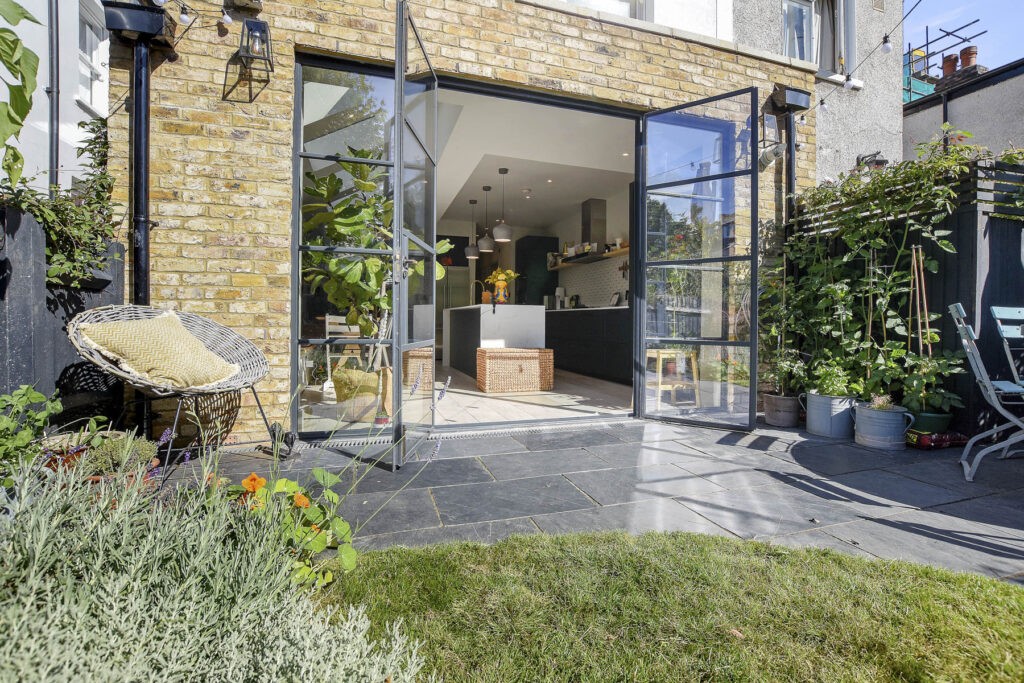
Architectural Collaboration
Embarking on a home extension project is an opportunity to bring your vision to life, and a key component of realising that vision is collaborating with architects and designers. Their expertise can transform your ideas into functional and aesthetically pleasing spaces.
Architects and designers play a multifaceted role in the design phase of your home extension. They are technical experts and creative visionaries who can help you translate your ideas into viable architectural plans. Their training and experience enable them to balance aesthetics with functionality, ensuring your extension is visually appealing, practical, and structurally sound. Architects can offer insights into spatial layouts, building materials, and construction methods, while designers focus on interior aesthetics, colour palettes, and furnishings.
Clear and open communication is the cornerstone of a successful collaboration. Start by articulating your vision, needs, and expectations to your architect or designer. Be as detailed as possible, describing your preferences in terms of style, layout, and desired features. However, remember that collaboration is a two-way street. Encourage professionals to share their ideas and suggestions based on their expertise.
Successful collaboration is a process that benefits from mutual respect, active listening, and a willingness to explore new ideas. By combining your unique perspective with the knowledge of professionals, you can elevate your home extension design. Remember, the synergy between your vision and their expertise fuels the creative excellence that defines a remarkable home extension.
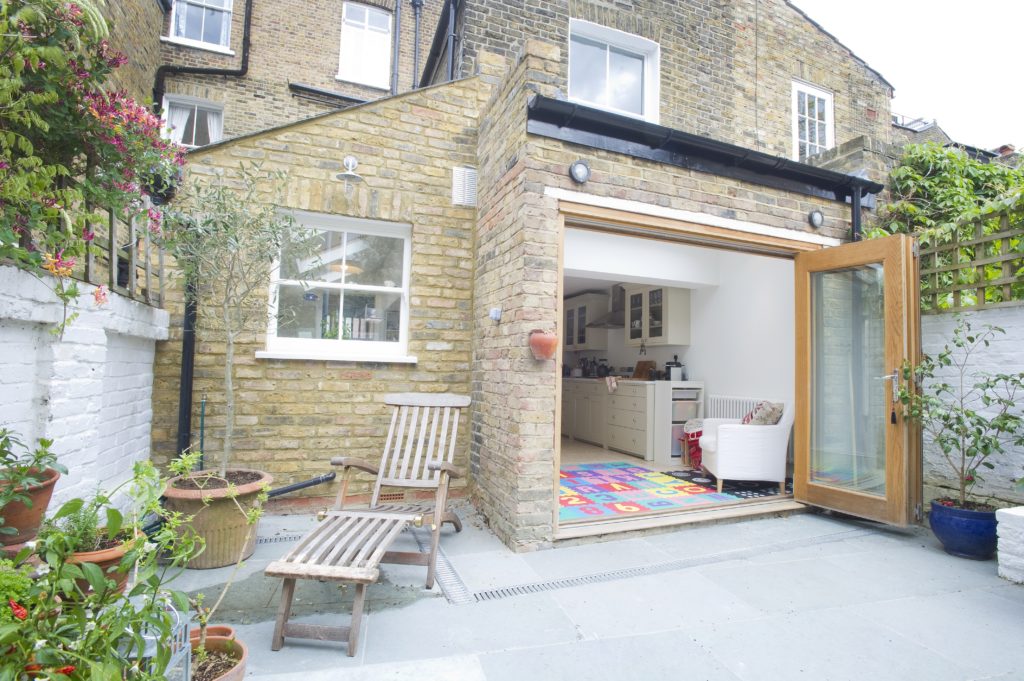
Creating Harmonious Spaces
Balancing different architectural styles can be a rewarding endeavour when executed thoughtfully. Begin by analysing the existing architectural features of your home – its lines, proportions, materials, and overall design. While your extension can introduce a fresh aesthetic, strive for a coherent look. Whether you opt for a complementary contrast or a subtle continuation of style, ensuring visual harmony between old and new elements is key to achieving a unified aesthetic.
Aim for fluid connectivity between spaces by considering traffic flow, door placements, and room layouts. Architectural features like rooflines, windows, and exterior finishes should align to blur the distinction between old and new. A well-designed transition minimises any jarring contrasts, making the extension feel like a natural expansion of your home.
The beauty of a harmonious home extension lies in the details. Small design choices can have a significant impact on the overall aesthetic. Consider elements such as flooring, lighting fixtures, and colour palettes that seamlessly connect both parts of your home.
Remember that achieving a harmonious result takes thoughtful planning and design finesse when integrating new and existing architecture. Collaborate closely with professionals specialising in extensions and renovations to ensure your vision comes to life with precision and grace. By skilfully intertwining architectural elements, you’re not just expanding your home but crafting an enriched living experience that honours the past while embracing the future.
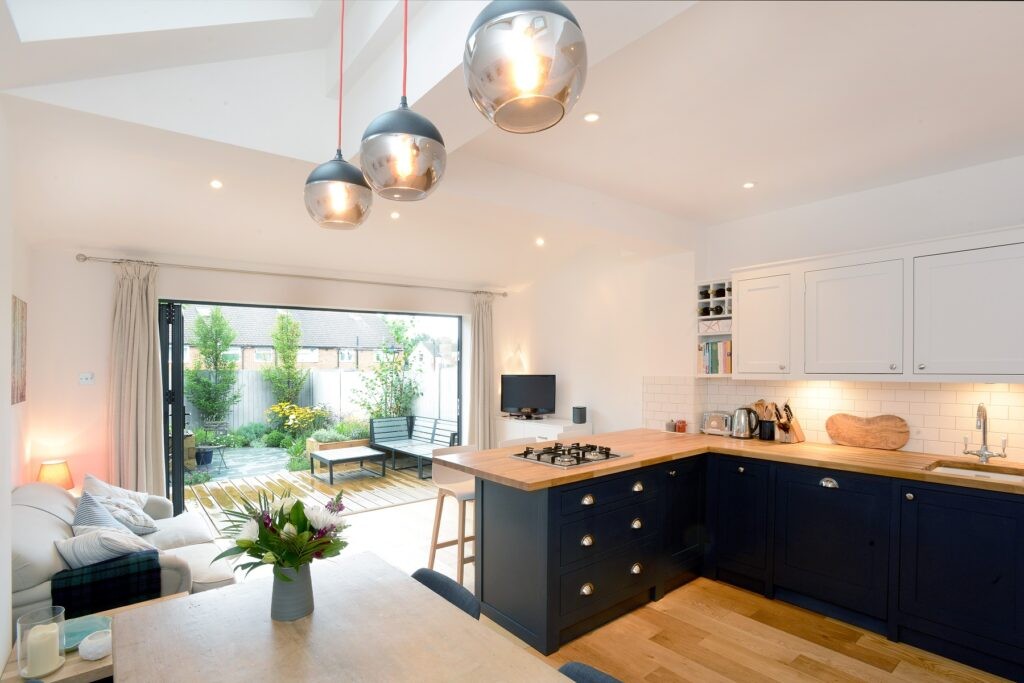
Designing for Practicality and Comfort
A successful home extension isn’t just about creating visually stunning spaces – it’s about designing areas that enhance your daily life with practicality and comfort. The key to achieving this lies in optimising functionality while maintaining an inviting atmosphere.
Start by envisioning how you’ll use each space in your extension. Whether it’s a kitchen, living area, or home office, the layout should cater to your needs and daily routines. Design with traffic flow in mind, ensuring easy movement between zones. Consider the placement of essential fixtures, furniture, and appliances for effortless accessibility. Thoughtful layouts make life more convenient and contribute to an organised and efficient environment.
Space is a valuable resource, and making the most of it in a home extension is essential. Multi-functional areas are becoming increasingly popular, allowing a single space to serve multiple purposes. For example, a guest room could double as a home office, or a dining area might have built-in storage. Clever design solutions like foldable furniture, built-in shelving, and hidden storage can maximise space without compromising style.
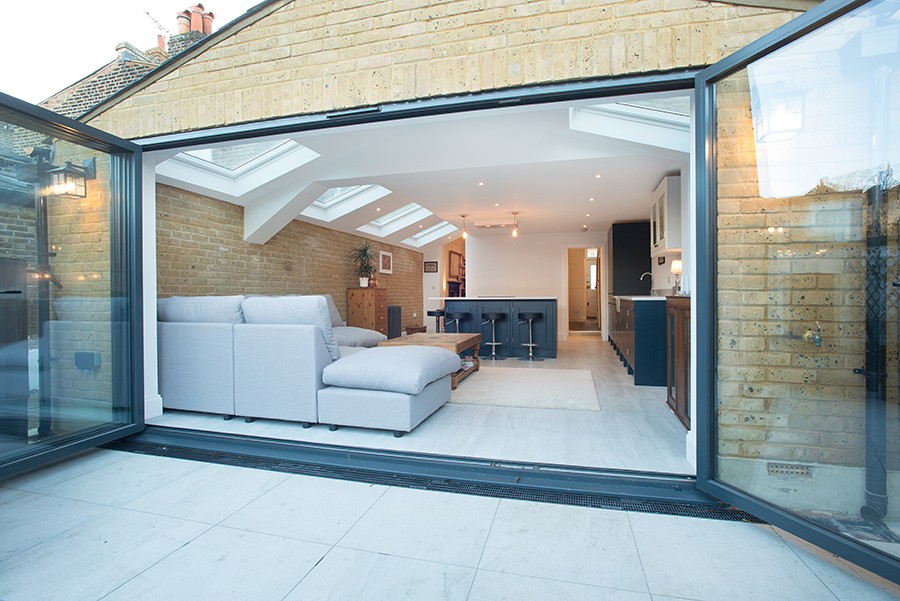
Infusing Personal Style
Your home extension is a canvas for self-expression, allowing you to infuse your style. Your extension should reflect your unique personality, from the materials to the colour palettes you choose. Moreover, in an age of environmental awareness, integrating sustainable and energy-efficient features is a way to create a home that aligns with your values.
Materials play a pivotal role in defining your extension’s visual and tactile character. Whether you lean towards rustic wood, sleek metal finishes, or timeless stone, choose materials that resonate with your aesthetic vision. Consider the textures, patterns, and colours that evoke your desired atmosphere. Harmonising materials with your interior design can create a cohesive and inviting environment that feels uniquely yours.
Colour is a powerful tool for conveying emotions and setting moods. When selecting colour palettes, consider the feelings you want different spaces to evoke. Bold, vibrant colours can energise a room, while muted tones promote calmness. Consistency in colour choices fosters visual unity throughout the extension, tying together diverse spaces with a common thread of personality.
Creating a sustainable home extension benefits the environment and contributes to long-term energy savings and enhanced comfort. Explore eco-friendly materials, such as reclaimed wood or recycled glass. To reduce energy consumption, incorporate energy-efficient fixtures like LED lighting, smart thermostats, and well-insulated windows.


